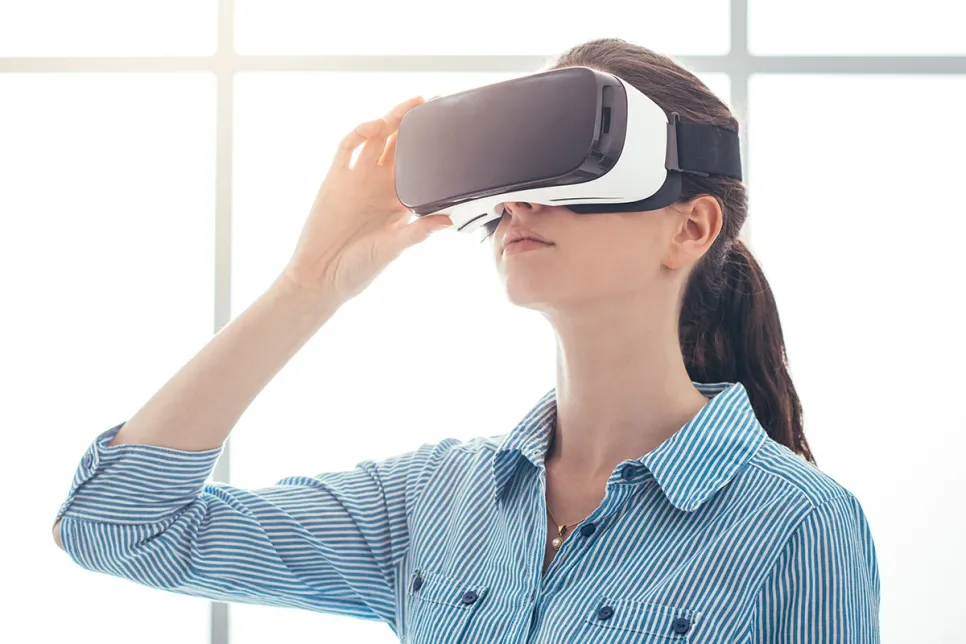LED Video Display Shipments Grew 8.3 Percent in 3Q25
Global LED video display shipments increased by 8.3% year-over-year in the third quarter of 2025, according to Omdia. It was accompanied by a 6.9% increase in revenue.

Worldwide spending on AR/VR is forecast to be $18.8 billion in 2020, an increase of 78.5% over the $10.5 billion, according to IDC. Spending on AR/VR products and services will continue this strong growth throughout the 2019-2023 forecast period, achieving a five-year compound annual growth rate of 77%.
Spending will be led by the commercial sectors, which will see its combined share of overall spending grow from less than 50% in 2020 to 68.8% in 2023. The commercial industries that are expected to spend the most on AR/VR in 2020 are retail ($1.5 billion) and discrete manufacturing ($1.4 billion). Consumer spending will be greater than any single enterprise industry ($7.0 billion in 2020) but will grow at a much slower pace (39.5% CAGR). Public sector spending will maintain a fairly steady share of overall spending throughout the forecast.
"AR/VR commercial uptake will continue to expand as cost of entry declines and benefits from full deployment become more tangible. Focus is shifting from talking about technology benefits to showing real and measurable business outcomes, including productivity and efficiency gains, knowledge transfer, employee's safety, and more engaging customer experiences," said Giulia Carosella, research analyst, European Industry Solutions, Customer Insights & Analysis.
Commercial use cases will account for nearly half of all AR/VR spending in 2020, led by training ($2.6 billion) and industrial maintenance ($914 million). Consumer spending will be led by VR games ($3.3 billion) and VR feature viewing ($1.4 billion). However, consumer spending will only account for a little over one third of all AR/VR spending in 2020 with public sector use cases making up the balance.
Hardware will account for nearly two thirds of all AR/VR spending throughout the forecast, followed by software and services. Services spending will see strong CAGRs for systems integration (113.4%), consulting services (99.9%), and custom application development (96.1%) while software spending will have a 78.2% CAGR.
Of the two reality types, spending in VR solutions will be greater than that for AR solutions initially. However, strong growth in AR hardware, software, and services spending (164.9% CAGR) will push overall AR spending well ahead of VR spending by the end of the forecast.